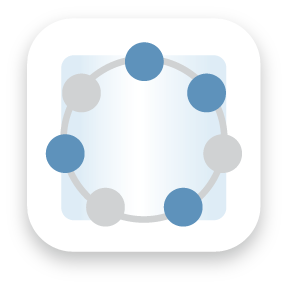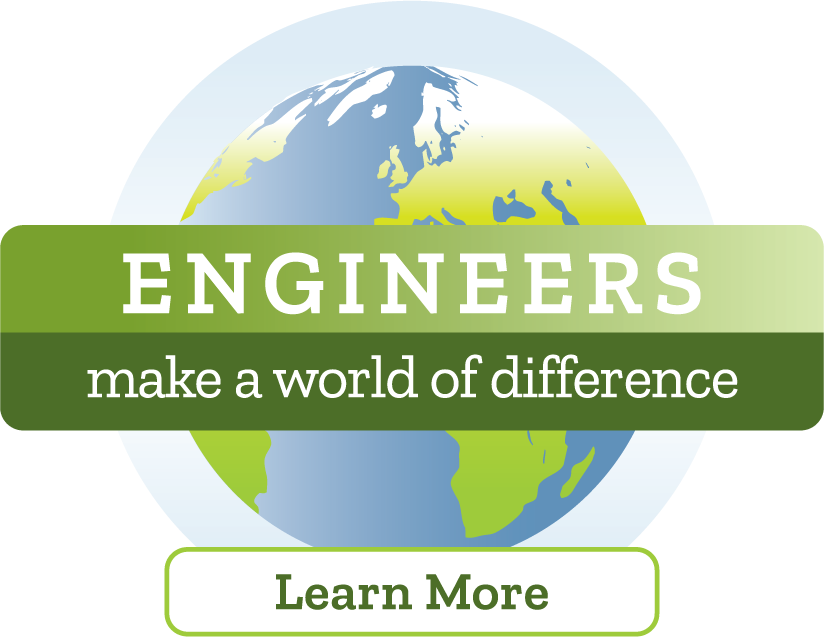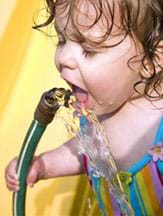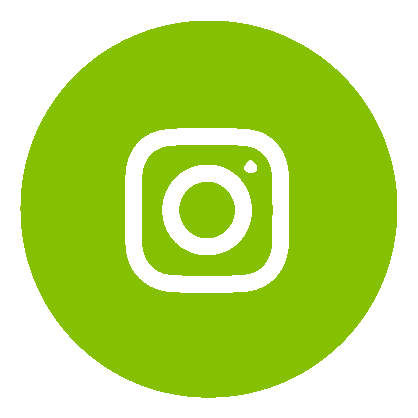Hands-on Activity Water Filtration Project:
Make Your Own Water Filters
This activity also requires some non-expendable items; see the Materials List for details.
Group Size: 3
Activity Dependency: None
Subject Areas: Number and Operations, Science and Technology
NGSS Performance Expectations:

Quick Look 

Partial design process
Grade Level: 4 (3 – 5) Time Required: 1 hour Group Size: 3 Subject Areas:
NGSS Performance Expectations:

Print this activity
Suggest an edit
TE Newsletter
Subscribe to TE Newsletter
- Summary
- Engineering Connection
- Learning Objectives
- Materials List
- Worksheets and Attachments
- More Curriculum Like This
- Introduction/Motivation
- Procedure
- Assessment
- Investigating Questions
- User Comments & Tips

Summary
Students are asked to design methods to filter water using ordinary materials, while also considering their designs' material and cost efficiencies. They learn about the importance of water and its role in our everyday lives. They come to understand what must occur each day so that they can have clean water. This engineering curriculum aligns to Next Generation Science Standards (NGSS).

Engineering Connection
Clean water is not available in all parts of the world. Many people live with polluted water that is unhealthy to drink and bathe in. Civil, environmental , materials and mechanical engineers all contribute to developing technologies and systems to purify unclean water. Purifying water can be done easily if it is a small amount that is fairly clean, but larger amounts that are very polluted are much more complicated. Typical steps for full water treatment include aeration, coagulation, sedimentation, filtration and disinfection.
Learning Objectives
- Understand how filtration works.
- Create creative design methods.
- Problem solve given a design challenge.
- Apply mathematics (multiplication) reinforcement.
- Engage in teamwork to solve a challenge.
Educational Standards
Each TeachEngineering lesson or activity is correlated to one or more K-12 science, technology, engineering or math (STEM) educational standards.
All 100,000+ K-12 STEM standards covered in TeachEngineering are collected, maintained and packaged by the Achievement Standards Network (ASN), a project of D2L (www.achievementstandards.org).
In the ASN, standards are hierarchically structured: first by source; e.g., by state; within source by type; e.g., science or mathematics; within type by subtype, then by grade, etc.
NGSS: Next Generation Science Standards - Science
3-5-ETS1-1. Define a simple design problem reflecting a need or a want that includes specified criteria for success and constraints on materials, time, or cost. (Grades 3 - 5)
Do you agree with this alignment? Thanks for your feedback!
Alignment agreement: Thanks for your feedback!
Alignment agreement: Thanks for your feedback!
Alignment agreement: Thanks for your feedback!
Common Core State Standards - Math
- Fluently multiply multi-digit whole numbers using the standard algorithm. (Grade 5) More DetailsView aligned curriculum Do you agree with this alignment? Thanks for your feedback!
International Technology and Engineering Educators Association - Technology
- Students will develop an understanding of engineering design. (Grades K - 12) More DetailsView aligned curriculum Do you agree with this alignment? Thanks for your feedback!
- Students will develop an understanding of the attributes of design. (Grades K - 12) More DetailsView aligned curriculum Do you agree with this alignment? Thanks for your feedback!
- Apply the technology and engineering design process. (Grades 3 - 5) More DetailsView aligned curriculum Do you agree with this alignment? Thanks for your feedback!
- Illustrate that there are multiple approaches to design. (Grades 3 - 5) More DetailsView aligned curriculum Do you agree with this alignment? Thanks for your feedback!
- Design solutions by safely using tools, materials, and skills. (Grades 3 - 5) More DetailsView aligned curriculum Do you agree with this alignment? Thanks for your feedback!
- Evaluate designs based on criteria, constraints, and standards. (Grades 3 - 5) More DetailsView aligned curriculum Do you agree with this alignment? Thanks for your feedback!
- Interpret how good design improves the human condition. (Grades 3 - 5) More DetailsView aligned curriculum Do you agree with this alignment? Thanks for your feedback!
State Standards
Massachusetts - Math
- Perform operations with multi-digit whole numbers and with decimals to hundredths. (Grade 5) More DetailsView aligned curriculum Do you agree with this alignment? Thanks for your feedback!
Massachusetts - Science
- Identify materials used to accomplish a design task based on a specific property, e.g., strength, hardness, and flexibility. (Grades 3 - 5) More DetailsView aligned curriculum Do you agree with this alignment? Thanks for your feedback!
- Identify a problem that reflects the need for shelter, storage, or convenience. (Grades 3 - 5) More DetailsView aligned curriculum Do you agree with this alignment? Thanks for your feedback!
- Identify relevant design features (e.g., size, shape, weight) for building a prototype of a solution to a given problem. (Grades 3 - 5) More DetailsView aligned curriculum Do you agree with this alignment? Thanks for your feedback!
Materials List
- 1 liter of water prepared in advance with soil and sand in it until it is thin but relatively opaque
- 3 test tubes prepared with the water standards "A," "B" and "C" (C is filtered through some grass, B is filtered through a coffee filter, and A is filtered through 2 coffee filters with a paper towel in the middle)
- cotton balls
- gauze squares
- tulle/netting
- tissue
- paper towels
- coffee filters
- gravel (aquarium gravel works great)
- sand
- 3 test tubes per student
- test tube racks
- graduated cylinders
- Design Components Worksheet
Worksheets and Attachments
Visit [ www.teachengineering.org/activities/view/water_filtration ] to print or download.
Introduction/Motivation
One of our most valuable and often overlooked resources is water. We can survive for a few weeks without food, but only a few days without water. Having clean water to drink is a luxury. The water that eventually comes out of our faucets sometimes does not start off being safe to drink. In most cases, it has gone through a water treatment plant designed by engineers prior to reaching our faucets.
Procedure
This is a great activity for students to experience some "real-life" engineering.
Most any materials in a typical classroom can be adapted as filtration materials.
Water from lakes and rivers often has contaminants that make it unfit for drinking. The water may contain dirt, rocks and other objects that can be easily identified. Water may also contain bacteria and other microscopic organisms that cannot be seen easily. For these reasons, water that is delivered to our homes must go through a water treatment process. This is typically a five-part process that consists of aeration, coagulation, sedimentation, filtration and disinfection. This activity is only concerned with filtration, which removes most but not all of the impurities from the water. Make sure students know that in this activity the filtered water is still unfit to drink.
Recommended Resources:
Information on the water treatment process and drinking water standards: https://www.epa.gov/ground-water-and-drinking-water.
Information on different types of filters and filtration processes: https://www.thoughtco.com/filtration-definition-4144961.
Before the Activity
- Gather materials and make copies of the Design Components Worksheet.
- Make the liter of dirty water and the "A," "B" and "C" tubes.
With the Students
- Engineering Challenge: Tell the students they have been hired by (your last name) Water Supply Company. With the ongoing drought, not enough water is available for all the things we need to supply – people, animals and plants. Tell them that they will each be given a sample of the dirty water they have remaining, and show them the tubes "A," "B" and "C." A is nearly ready for human use, B is nearly ready for animal use, and C is nearly ready to feed the plants. Remind them that no one must taste anything in the lab. They will be paid for their supply of filtered water: A gets $10 per ml, B gets $5 per ml, and C gets $1 per ml.
- Have students complete the worksheet to make sure they understand the activity purpose, and to help them think about the components of engineering design.
- Put trays of materials in front of the students. Let them decide in teams what materials they would like to use to filter their water. To challenge students, include one of the following constraints:
- Limit the amount of materials allowed for the design.
- Assign a price per unit of material and give students a budget to work within.
- Have students draw schematics of the layers. Once completed, give each team 25 ml of the dirty water to begin to filter in their test tubes.
- Once filtering is complete, have them bring the test tubes to you for observation. Decide if the water is A, B or C grade and help them measure their sample in a graduated cylinder. They must return to their desks and do the math to come up with their $ value. Have students put their $ values on the board.
Assessment
Activity Embedded Assessment
Have students complete the Design Components Worksheet to assess their understanding of the activity and to encourage them to consider the design components involved in design a water filtration system. Sample answers are provided on the Design Components Worksheet Answer Key.
Use the attached Rubric for Performance Assessment to evaluate students' design projects using criteria for the final filtering system and teamwork effort.
Investigating Questions
- What was the best filtering agent and why?
- What are other ways we purify our water?
- Design a package for your "clean" water.
Safety Issues
Make sure students know that in this activity the filtered water is still unfit to drink.
Subscribe
Get the inside scoop on all things TeachEngineering such as new site features, curriculum updates, video releases, and more by signing up for our newsletter!
PS: We do not share personal information or emails with anyone.
Subscribe to TE Newsletter
More Curriculum Like This

High School Lesson
Test and Treat Before You Drink
Students learn about water quality testing and basic water treatment processes and technology options. Biological, physical and chemical treatment processes are addressed, as well as physical and biological water quality testing, including testing for bacteria such as E. coli.


Upper Elementary Lesson
You Are What You Drink!
Students learn about the various methods developed by environmental engineers for treating drinking water in the United States.

Copyright
© 2013 by Regents of the University of Colorado; original © 2004 Worcester Polytechnic Institute
Contributors
Erin Santini; Erik Rushton
Supporting Program
Center for Engineering Educational Outreach, Tufts University
Last modified: October 24, 2019
User Comments & Tips
Free K-12 standards-aligned STEM curriculum for educators everywhere.
Find more at TeachEngineering.org






Use of the TeachEngineering digital library and this website constitutes acceptance of our Terms of Use and Privacy Policy.
*The NGSS logo is a registered trademark of WestEd.
Neither WestEd nor the lead states and partners that developed the NGSS were
involved in the production of TE, and do not endorse it.






Use of the TeachEngineering digital library and this website constitutes acceptance of our Terms of Use and Privacy Policy.
*The NGSS logo is a registered trademark of WestEd.
Neither WestEd nor the lead states and partners that developed the NGSS were
involved in the production of TE, and do not endorse it.























